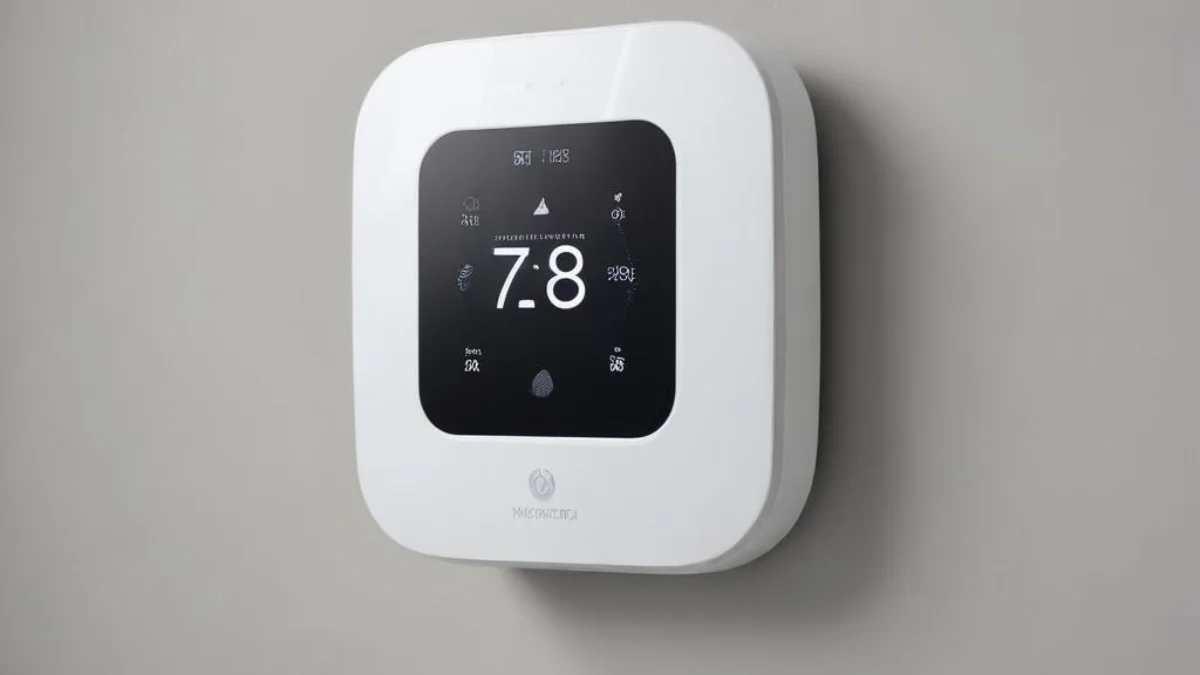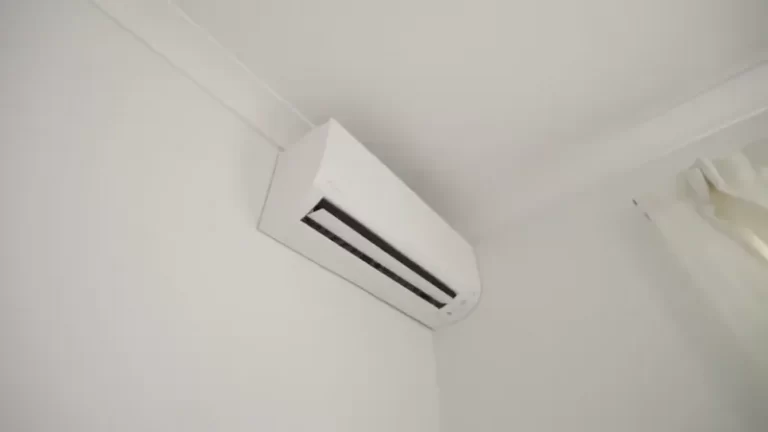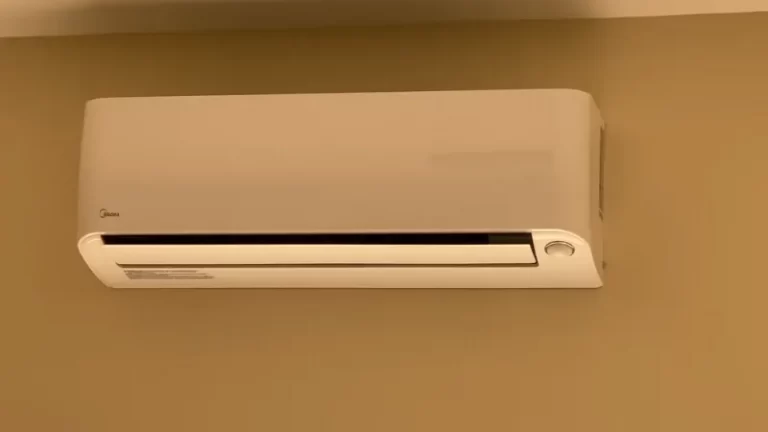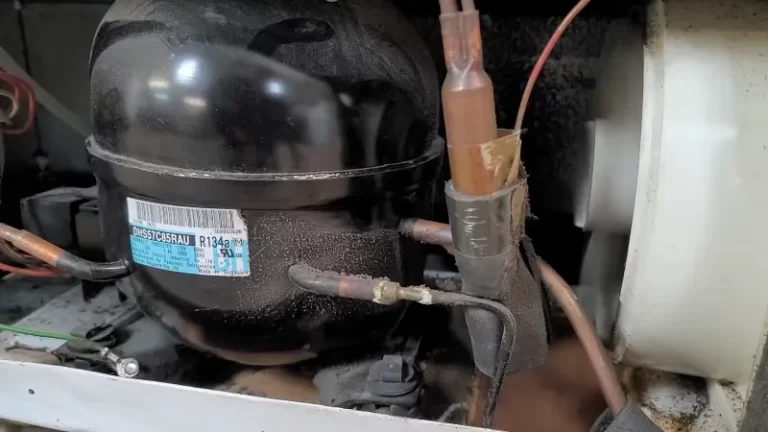Why Does My Thermostat Battery Keep Dying, and How Can I Fix It?
It’s a scenario that plays out in homes everywhere. You wake up shivering, or you come home to a sweltering house, all because the small batteries in your thermostat have given up. This common frustration is more than just an inconvenience; a dead thermostat in winter can lead to frozen pipes and costly damage. For years, the only answer was to keep a stash of AA or AAA batteries on hand, but in the age of the smart home, there’s a much better, permanent solution.
If you’re tired of the low-battery chirps and the sudden loss of climate control, you’ve come to the right place. The key to ending this cycle is to choose a thermostat with no battery required. This guide will walk you through why hardwired thermostats are the superior choice and how you can make the switch, even if your home’s wiring seems incompatible at first glance.
You'll Learn About
Why Your Modern Thermostat Drains Batteries So Quickly
Traditional, non-programmable thermostats were simple mechanical devices that required no power at all. They used a bimetallic strip or a mercury switch to simply complete a circuit. However, today’s thermostats are powerful little computers with features that demand a constant and reliable source of energy.
Features like bright, full-color touchscreens, Wi-Fi connectivity for remote app control, and complex learning algorithms all consume significant power. While some models use batteries as a backup, many thermostats in older homes rely on them as their sole power source, leading to frequent changes and annoying disruptions. The solution is to provide a direct, uninterrupted flow of electricity from your HVAC system itself.
The Magic of the C-Wire: Your Path to a Battery-Free Life
The secret to a battery-free thermostat experience is the C-wire, or “common wire.” This wire’s sole purpose is to provide a continuous 24-volt power supply from your furnace or air handler directly to your thermostat. With a C-wire, your thermostat has all the power it needs to run its most advanced features without ever needing a battery change.
A hardwired thermostat offers unparalleled reliability and peace of mind. You no longer have to worry about your heat failing during a vacation or your AC quitting during a heatwave because of a dead battery. It unlocks the full potential of smart thermostats, ensuring they stay connected to your Wi-Fi and in control of your comfort 24/7. This stable power source is crucial for maintaining a healthy and responsive HVAC system.

Top Thermostats That Eliminate the Need for Batteries
Once you’ve decided to make the switch to a hardwired solution, you’ll find that most of the best smart thermostats on the market are designed to run on C-wire power. These devices are packed with features to enhance comfort, save energy, and simplify your life. They represent the pinnacle of home climate control, leaving battery-powered models far behind.
Leading brands like Google Nest, Ecobee, and Honeywell Home have built their flagship products around the reliability of C-wire power. This allows them to offer sophisticated features that would be impossible to sustain on disposable batteries alone. Below, we’ll explore some of the best options available and compare their key attributes.
A Quick Comparison of Leading Hardwired Thermostats
To help you choose the right model for your home, here is a breakdown of some of the most popular and reliable thermostats that are designed to work without batteries, thanks to a C-wire connection.
| Thermostat Model | Key Features | C-Wire Required | Smart Home Integration |
|---|---|---|---|
| Google Nest Learning Thermostat | Learns your schedule, remote control, sleek design, Farsight display | Recommended (may work without in some systems, but C-wire ensures stability) | Google Home, Alexa |
| Ecobee Smart Thermostat Premium | Included room sensor, built-in Alexa/Siri, air quality monitor | Yes (Power Extender Kit included for systems without a C-wire) | Apple HomeKit, Google Home, Alexa, SmartThings |
| Honeywell Home T9 Smart Thermostat | Supports multiple room sensors, geofencing, simple interface | Yes | Google Home, Alexa |
| Amazon Smart Thermostat | Budget-friendly, Alexa integration, clean design | Yes | Alexa |
For the Ultimate Smart Home Experience
If you’re looking to maximize energy savings and convenience, a learning thermostat like the Google Nest Learning Thermostat is an exceptional choice. It intelligently learns your habits and creates a schedule automatically. Similarly, the Ecobee Smart Thermostat Premium offers incredible control with its included room sensor, ensuring the most important rooms in your house are always at the perfect temperature.
These devices can even offer insights into your energy usage and suggest ways to be more efficient. For instance, understanding how your home retains warmth can be powerful, a concept you can explore further in this passive heating guide. This level of intelligence is only made possible by the constant, stable power a C-wire provides.
For Rock-Solid Reliability and Simplicity
Not everyone needs a thermostat with a learning algorithm. Sometimes, reliability is the top priority. Models like the Honeywell Home T9 offer robust smart features, like multi-room sensor support, without the complexity of some competitors. It’s a workhorse designed for consistent performance, making it compatible with a wide range of systems.
Ensuring your thermostat is compatible with your specific equipment is crucial. If you have an older system, it might be worth reviewing common issues, like those found in this guide to Mueller Climatrol furnace maintenance, to ensure a smooth upgrade process.
What If I Don’t Have a C-Wire? Your Action Plan
Opening up your current thermostat and seeing only two or four wires can be disheartening. Many older homes were built before C-wires became standard. But don’t worry—you have several excellent options to overcome this hurdle without needing to run new wires through your walls.
The absence of a C-wire is one of the most common installation roadblocks for homeowners. Fortunately, manufacturers have developed ingenious solutions to bridge this gap, making modern, battery-free thermostats accessible to nearly everyone.
Step 1: Check for a Hidden Wire
Before you do anything else, take a closer look at the bundle of wires coming out of your wall. Sometimes, an extra, unused wire (often blue or black) is tucked back inside the wall. If you find one, you can connect it to the ‘C’ terminal on both your new thermostat and your furnace’s control board to create the common wire connection you need.
Step 2: Use a C-Wire Adapter or Power Extender Kit
This is the most popular and effective solution. A C-wire adapter is a small, brilliant device that installs near your furnace. It uses your existing thermostat wires to create a common wire circuit, providing the continuous power your new thermostat needs without any new wiring.
These adapters work by cleverly combining signals, allowing one wire to perform two functions, which frees up another wire to be used for constant power. Many smart thermostats, like those from Ecobee, even include a power extender kit in the box. Others, like the Nest Power Connector, are available as an affordable add-on.
Step 3: When to Call a Professional
While installing a C-wire adapter is a manageable DIY project for many, not everyone is comfortable working with their HVAC system’s control board. If you’re unsure, or if your system seems to have other issues, it’s always best to call an HVAC professional. For example, if you’ve noticed that your furnace blower motor is slow to start, it’s a good idea to have a technician inspect the system while they install your new thermostat.
The Long-Term Benefits of Going Battery-Free
Making the switch to a hardwired thermostat is a small upgrade that delivers significant, lasting benefits. It’s about more than just avoiding the hassle of changing batteries. It’s about upgrading your home’s core functionality for better performance and reliability.
This one-time fix provides permanent peace of mind. It ensures your smart thermostat can operate at its full potential, saving you money on energy bills and keeping your home perfectly comfortable. It’s an investment in a smarter, more resilient, and more convenient home.
Is a Mechanical Thermostat an Option?
Some might wonder if going back to a basic mechanical thermostat is a viable no-battery solution. While these old-school mercury or bi-metallic strip thermostats don’t require any electrical power, they are incredibly inefficient and inaccurate. Their temperature swings can be wide, leading to wasted energy and decreased comfort.
In today’s world, the precision, efficiency, and features offered by a modern, hardwired thermostat make them the overwhelmingly superior choice. The minimal effort required to install a C-wire or an adapter pays for itself many times over in energy savings and improved quality of life.
Final Verdict: Make the Switch and Forget About Batteries Forever
The era of being at the mercy of disposable batteries for your home’s climate control is over. The clear solution for reliability, performance, and peace of mind is a thermostat with no battery required. By leveraging the power of a C-wire, you unlock the full capabilities of modern smart thermostats, ensuring your home is always comfortable and efficient.
Whether you find a hidden C-wire, install a simple adapter, or call in a professional, the effort is well worth it. You’ll gain a more reliable HVAC system and permanently cross “change thermostat batteries” off your to-do list. Make the upgrade today and enjoy a smarter, more comfortable home tomorrow.




